While there’s still time for machines to take over humans, Artificial Intelligence (AI) and Machine Learning (ML) are already the most disruptive technologies around us.
Rapid innovations in AI and ML are unknowingly become vital parts of our lives. Nowadays, machine learning algorithms help us predict weather and track real-time traffic conditions. Most of us have no idea that we’re being influenced AI-powered tools across social media platforms and online communications
That’s why one should not stay in the dark when it comes to AI and ML. In 2019, there are a plethora of AI and ML innovations surfacing around the world. It is time for you to learn about some of the most recent ways in which AI and ML is breaking grounds, from consumer tech to healthcare and energy markets.
Smart Cameras for Creators and Consumers
AI makes headway in image capturing technologies. Its key role in FaceApp has made the mobile application a new favorite among youngsters and adults.
To stay abreast with this trend, Samsung has refocused on enhancing the ability of its tablet devices in capturing exceptional photos. The all-new Samsung Galaxy Note 10 tablet has an AI-powered camera that brings new photo-capturing abilities with its smart camera sensors, improved ISO sensitivity range of the camera and self-learning software.
While Samsung’s Galaxy Note 10 tablet is traditionally a business and enterprise-friendly device, the South Korean consumer tech giant aims to revamp the device and make it more relevant to casual users. With the support of AI, the tablet’s camera gets an advanced automata mode and an improved low-light ability that delivers clearer pictures in daylight.
On similar lines, a leading robotics company has developed an advanced AI camera that enhances creator capabilities of users in capturing images and recording videos.
HuskyLens by DFRobot is a user-friendly, AI-powered camera that is packed with smart vision sensors. The camera aims to enable consumers and creators with a click-learn-play ability of capturing images.
DFRobot announced that HuskyLens saves image processing time for users. Creators can complete heavy image processing with AI-powered seamless algorithms. HuskyLens is supported with a Kendryte k210 chip that delivers 30 FPS image processing at 1000x speed than similar cameras.
AI Eases Automated Patient Screening

Apart from boosting the drug discovery time, AI finds new ways and saving valuable time for medical professionals.
Healthcare institutions face a crucial challenge in finding the right subjects to test the efficiency of new treatments. A new computerized solution developed at Cincinnati Children’s Hospital Medical Center aims to solve this with the help of AI.
Researchers at the hospital have designed and tested an AI-powered solution that scans Electronic Health Records to identify eligible subjects. Evaluating high-quality candidates would not consume the time and effort of the super-busy clinical staff.
When tested, the solution – Automated Clinical Trial Eligibility Screener © - (ACTES) lowers patient screening time by nearly 35%. Emergency departments can get 11.1% improvement in patient enrollment, considering their busy environment. According to the reports, ACTES can also improve patient screening by nearly 15%.
Know the Sun Better with ML
ML algorithms are not limited to fixing conventional problems. New ML methods help us reach closer to a more sustainable tomorrow.
Every year, more and more solar energy plants are being set up worldwide. The process of solar energy forecasting drives this energy transformation and allows us to gain knowledge on Sun’s path, distribution and utilization of its solar energy, and its effect on atmospheric conditions.
At the Alan Turing Institute, a ground-breaking project developed on ML can make this process more accurate. A new forecasting method built on AI and ML can improve solar forecasting by 33%.
Unlike the traditional approach that forecasted on only two variables - solar capacity and solar irradiance, the new ‘random forest’ model takes in data from up to 80 input variables.
How it works –
- Historic data from nearly 80 variables (including granular solar irradiation and temperature) is collected
- The software trains itself through mathematical pathways called “decision trees”
- These decision trees process the input and generate an output figure
- Approximately 80 output figures are further run through additional decision trees to deliver a new solar generation forecast
Interestingly, the project has effectively combined this model with other ML methods such as the multi-model ensemble forecast. And the improved solar forecasting accuracy increases the energy efficiency of National Grid ESOs, lowers consumer bills, and ultimately enlarges solar capacity by developing a near-zero carbon power supply system.
Leaping towards AGI
There’s still a lot more to be explored with AI and ML. Tech industry leaders have felt the need to make AI and ML more public and the solutions more humane.
On those lines, Elon Musk’s brainchild OpenAI aims to “generalize” AI technology. The startup has kick-started developing Artificial General Intelligence (AGI), a new branch to the existing problem-solving AI technology.
OpenAI’s CEO, Sam Altman, sees the “potential to shape the trajectory of humanity” in AGI. While the fundamental ability of AI is training machines to solve problems or perform specific tasks, the AGI focuses on matching up the operating & learning capabilities of machines to humans.
- personalized education
- affordable healthcare
- high-quality drug development
- climate change
AGI aims to solve intractable issues in,
Joining OpenAI on their journey is tech behemoth Microsoft. The development, deployment and security of AGI would be stemmed from collaboration between Microsoft and OpenAI, where the former plans to invest a whopping $1 billion.
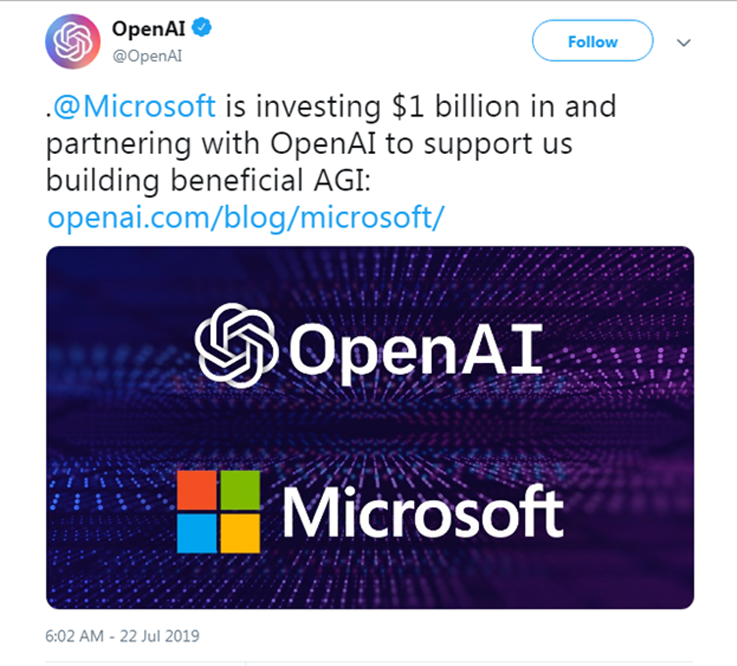
Sharing the vision, Microsoft would channel this investment into helping OpenAI build a supercomputer foundation to run AGI economically and at a global scale. The Microsoft-OpenAI partnership on AGI aims to create machines that think better than humans and solve our multidisciplinary problems for today and tomorrow.
Taking the Next Step with AI and ML
Innovations in AI and ML can transform and power the world at the same time. Governments around the world are building projects that utilize and AI and ML effectively.
Soon enough, intelligence will no longer be a human trait. New projects, initiatives and partnerships will help us manage artificial and human intelligence in harmony. And, the environment around us will be more or less a product of our innovations in AI and ML.








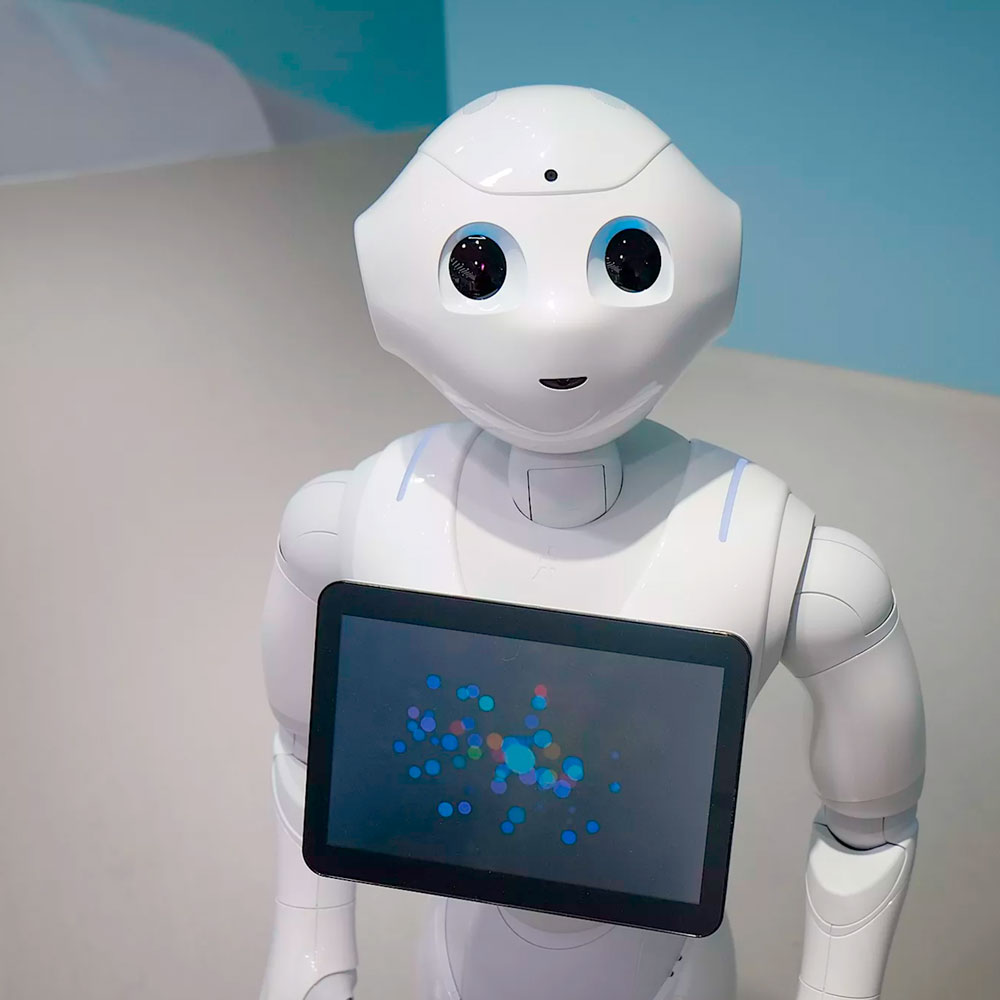





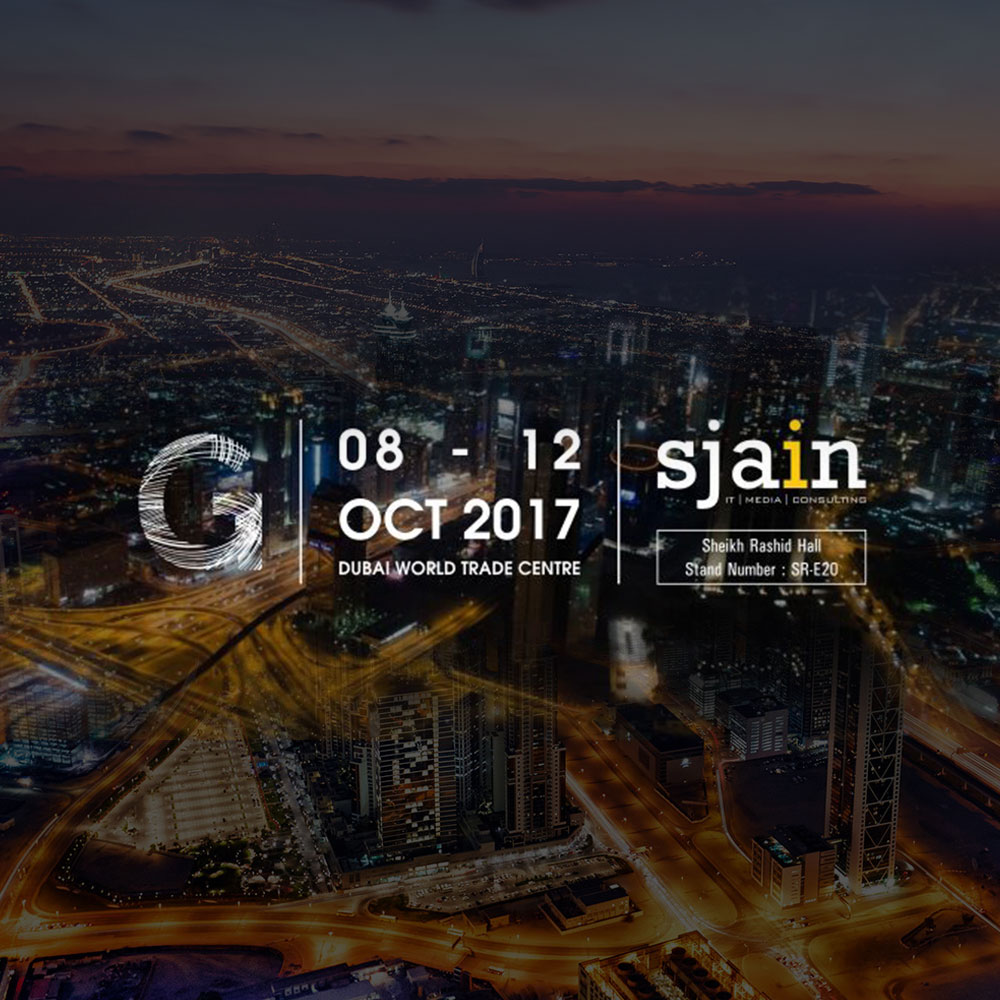

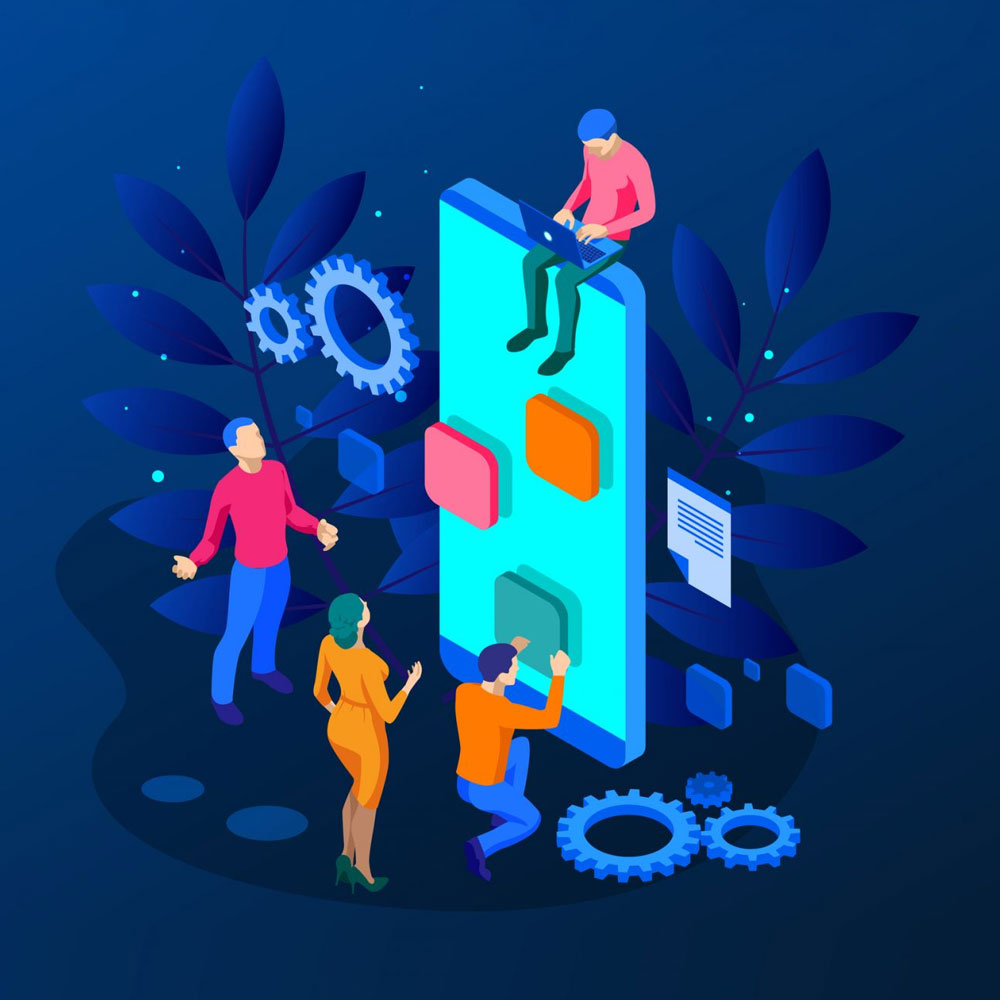


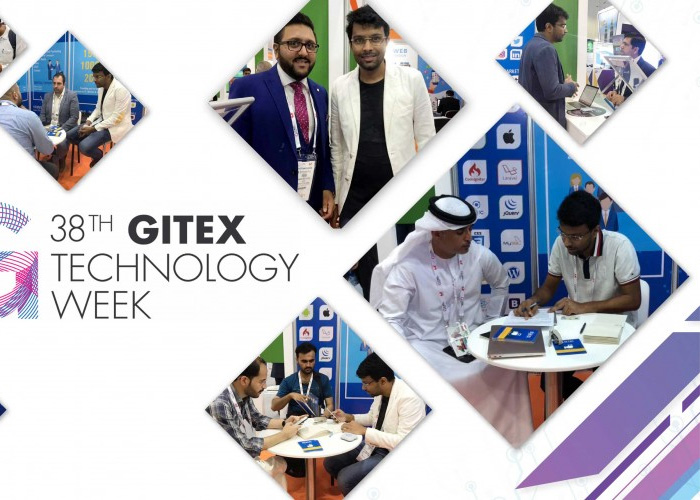
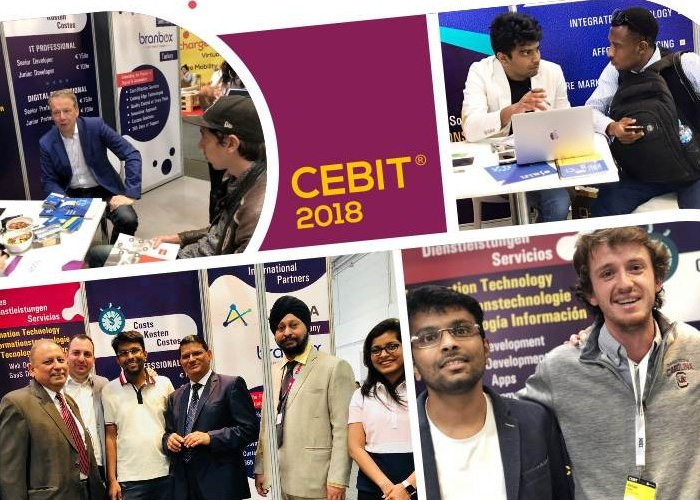
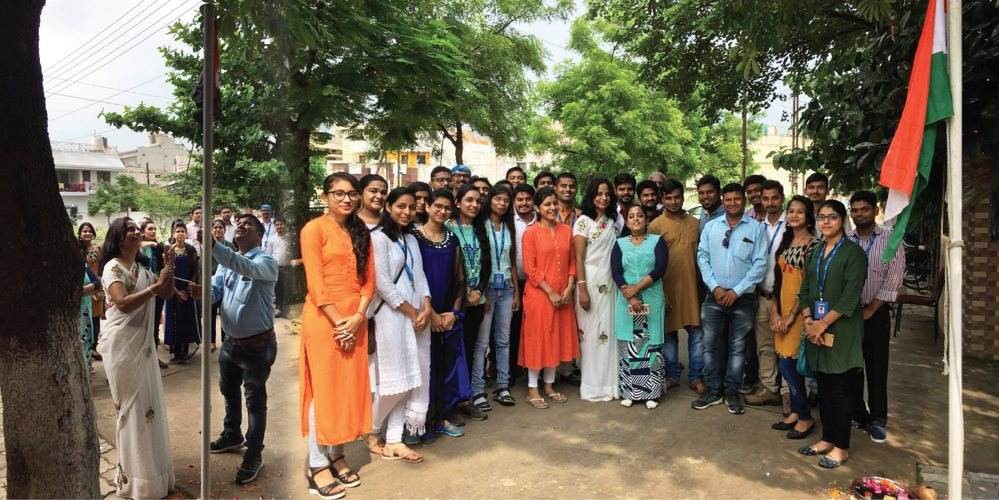

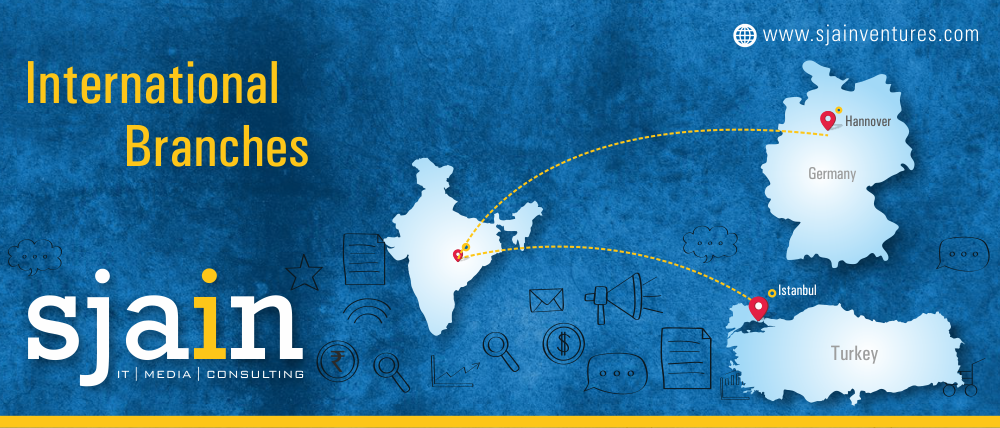
Leave a Comment